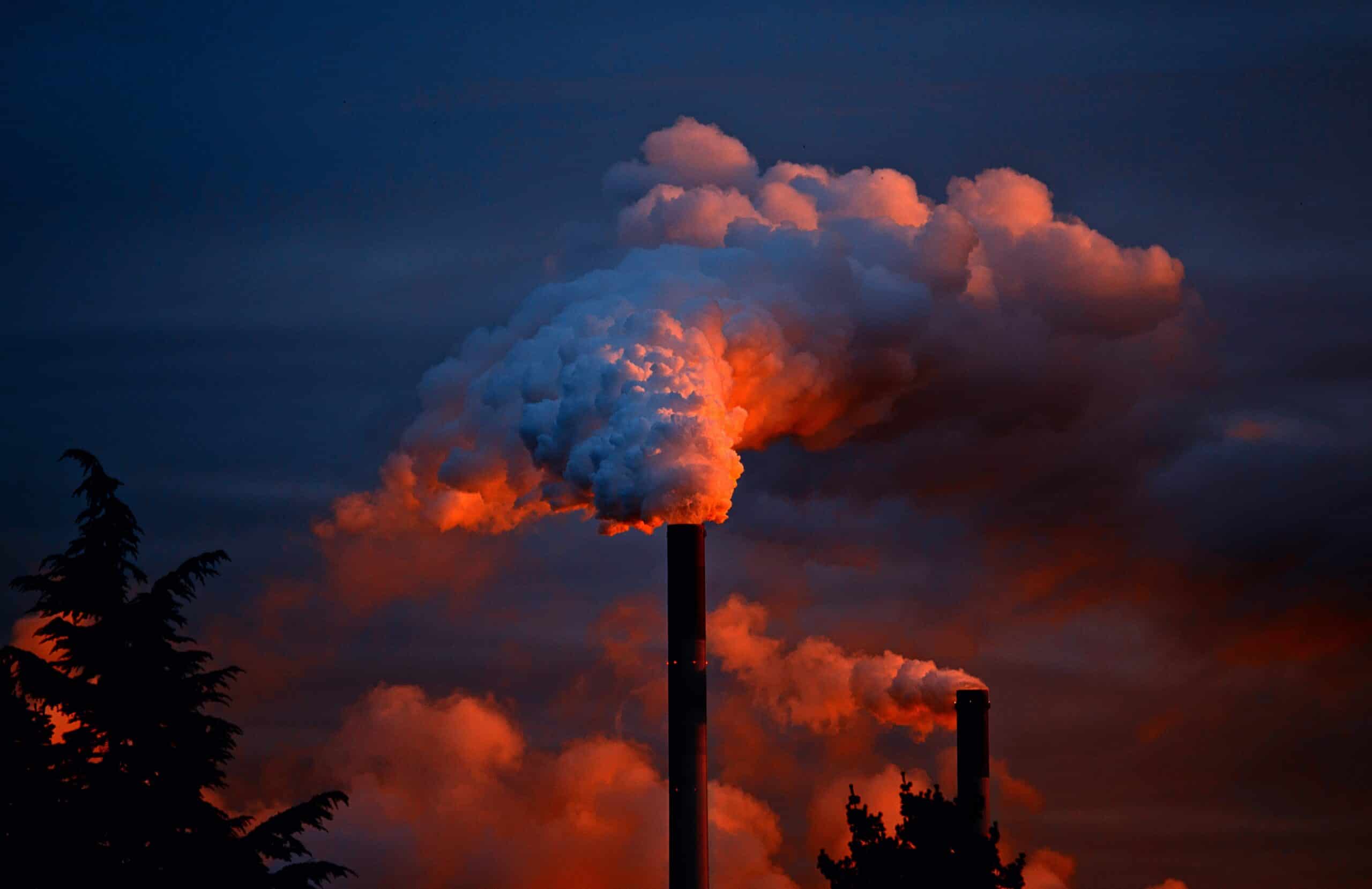
Biomass, which includes burning wood chips from cut down trees, is considered a renewable energy source because the carbon dioxide released during combustion is absorbed by the trees that are grown to replace the ones that are used for energy production. The exact percentage of renewable energy generated from biomass burning of wood chips varies depending on the country and region.
According to the International Energy Agency (IEA), in 2020, bioenergy (which includes biomass, biofuels, and waste-to-energy) accounted for around 10% of global renewable energy generation, making it the second largest source of renewable energy after hydroelectric power. Within bioenergy, solid biomass (such as wood chips) accounted for the largest share of bioenergy generation, followed by liquid biofuels and biogas.
As an activist for forest preservation, I would argue that solid biomass, specifically the burning of wood chips, should not be considered a good source of energy for the planet. The reality is that burning wood chips for energy can have a significant negative impact on the environment.
First, the process of harvesting and transporting wood chips for energy production can lead to the destruction of forests and wildlife habitats. This not only harms the plants and animals that call these forests home, but it also disrupts the delicate balance of the ecosystem, which can have a ripple effect on the entire planet.
Second, the burning of wood chips can actually release more carbon dioxide into the atmosphere than burning fossil fuels. While the carbon dioxide that is released during combustion is eventually reabsorbed by new trees just as with fossil fuels, the process of growing new trees to replace the ones used for energy production can take decades or even centuries for a forest to naturally regenerate itself from the planting of saplings after destruction of a forest to harvest solid biomass for “renewable” power generation. In the meantime, the carbon dioxide released during combustion contributes to climate change.
Finally, the use of wood chips as a source of biomass energy can lead to the displacement of other, more sustainable forms of renewable energy such as solar or wind power. These forms of energy do not require the destruction of forests and can provide a more long-term solution to our energy needs without the negative environmental impacts of biomass.
In conclusion, as an activist for forest preservation, I would argue that solid biomass, specifically the burning of wood chips, is not a good source of energy for the planet, and it should not be considered better for greenhouse gas emissions than fossil fuels. It is important to invest in more sustainable forms of renewable energy that do not harm our forests and wildlife habitats.









